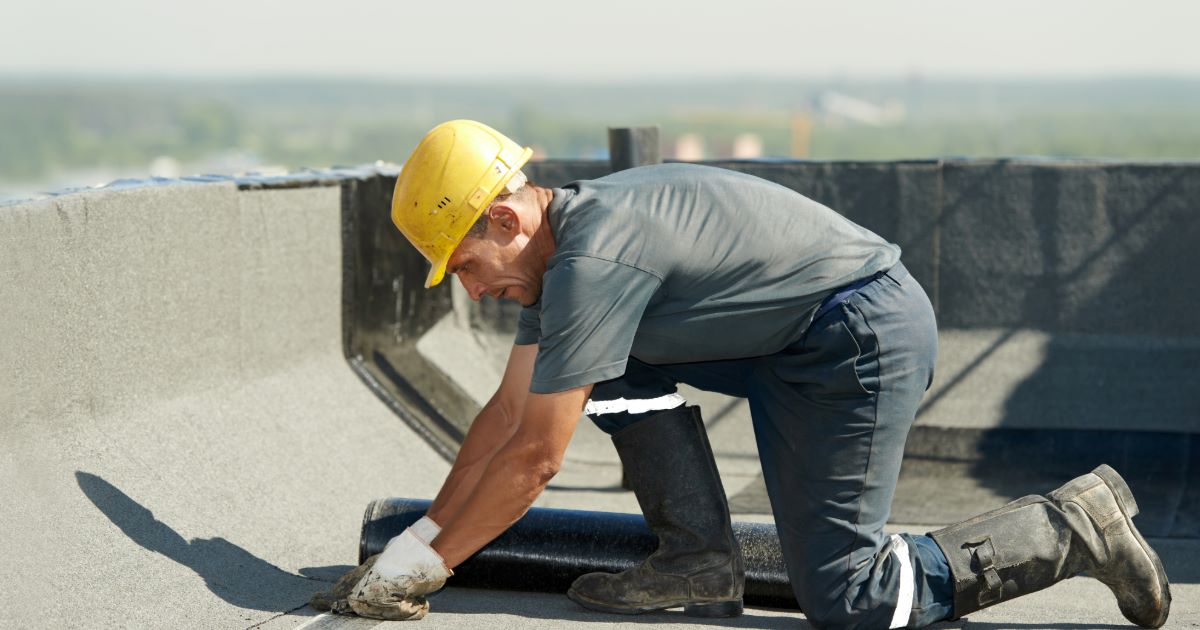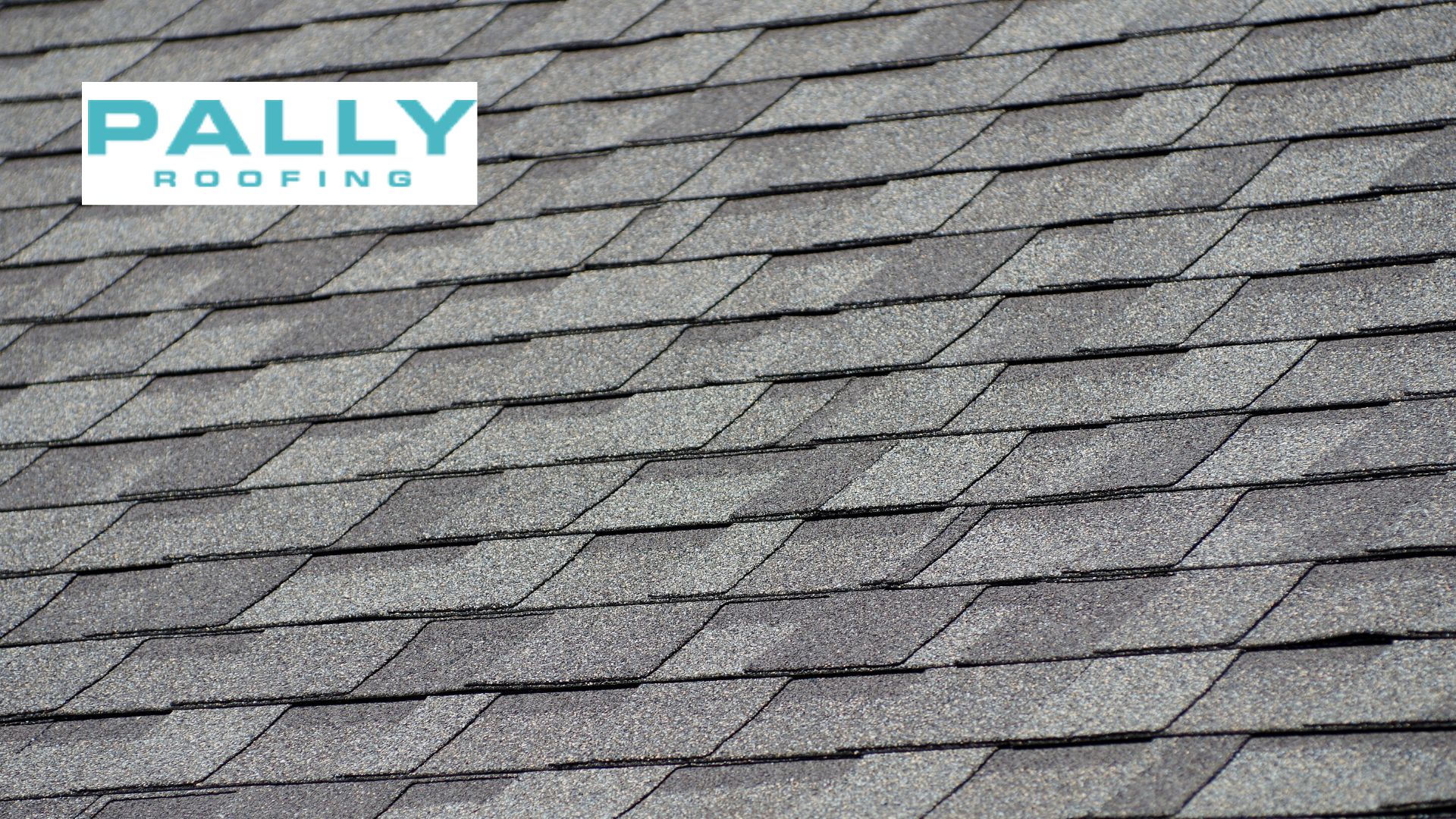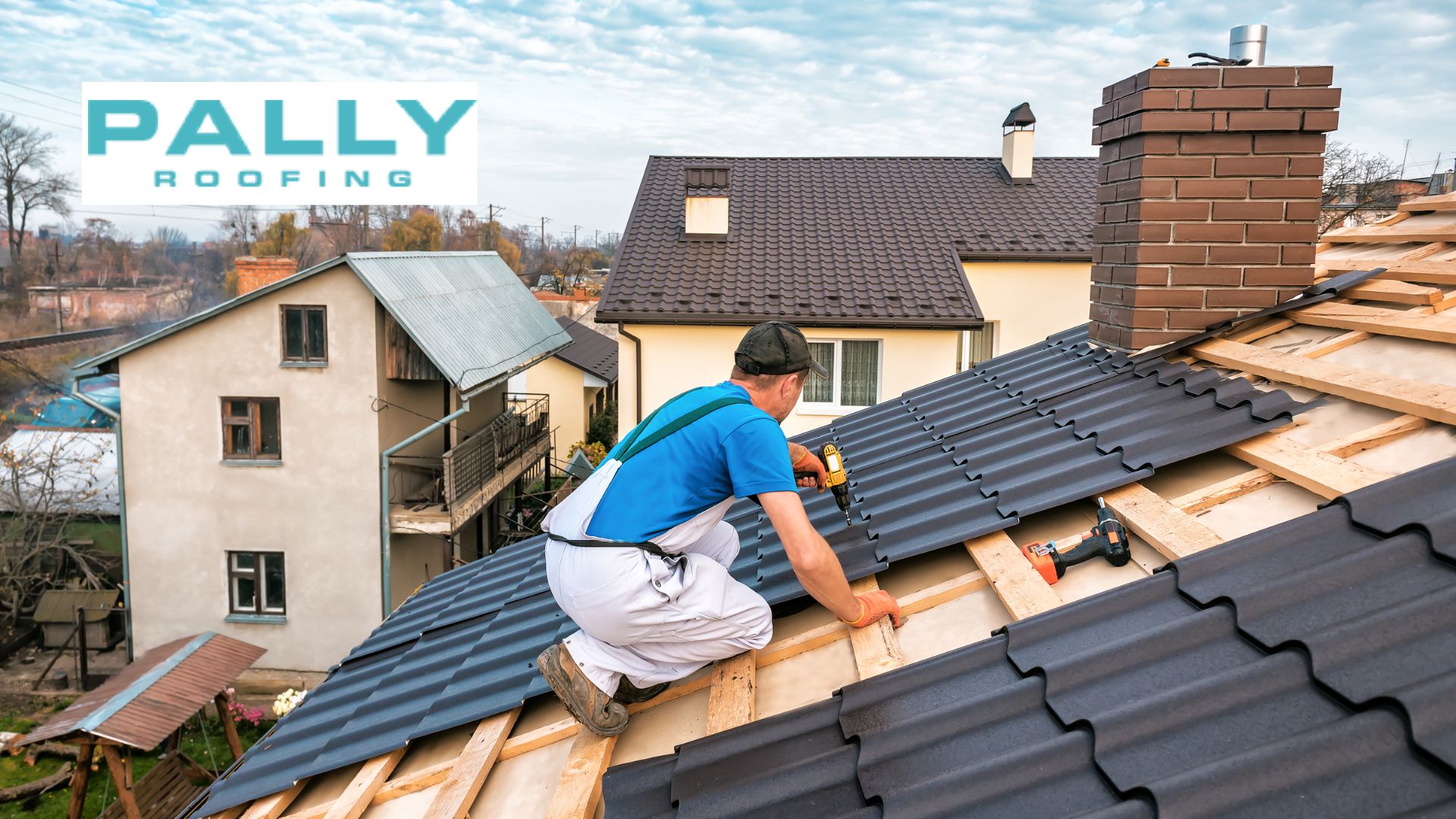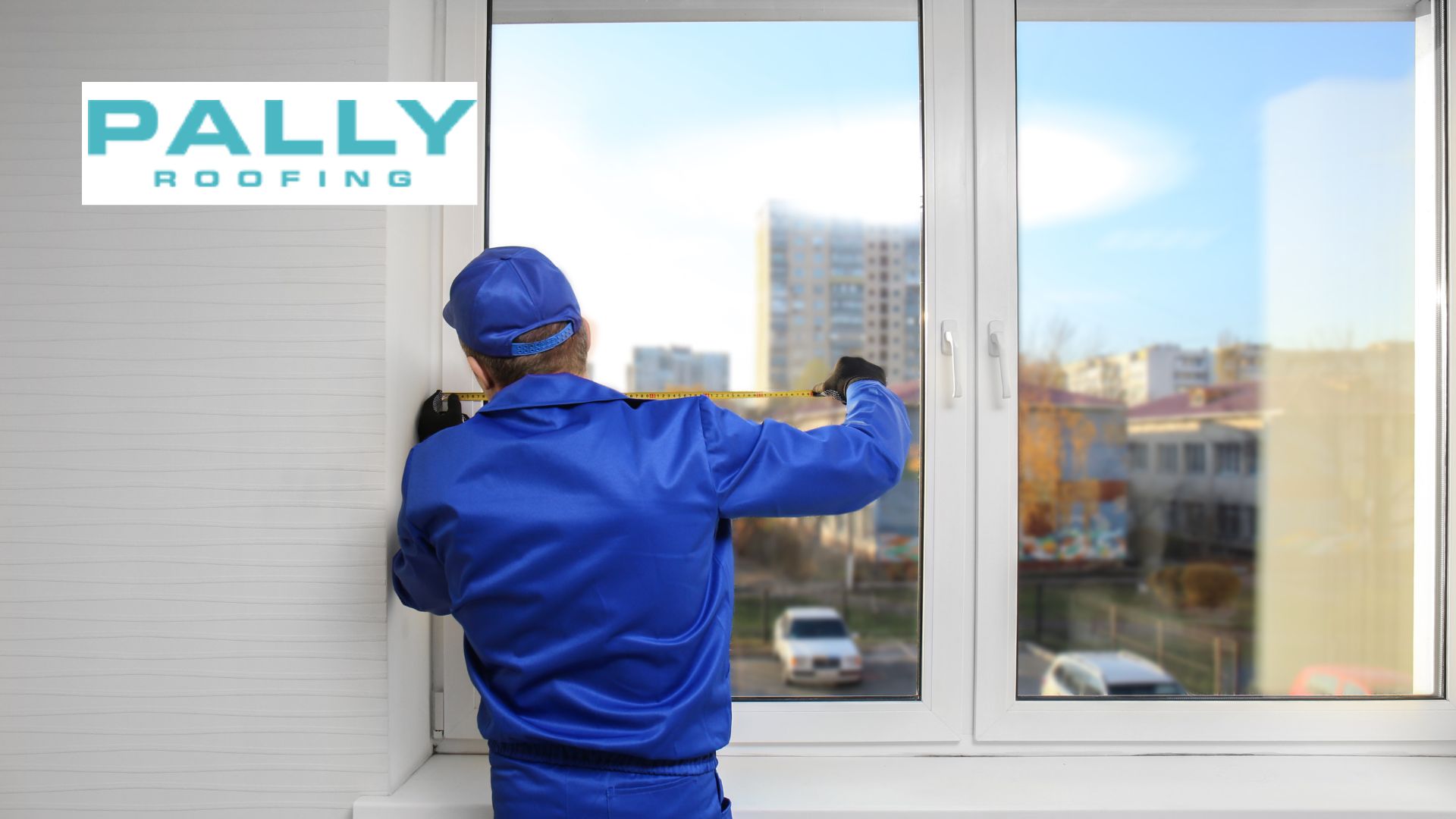Last updated on September 26th, 2024 at 12:29 pm
Flat roofs are widespread with commercial properties and new residential homes across the United States because of their sleek design and space efficiency.
Table of Contents
But like any roofing system, it does not come without problems that eventually occur, where timely repairs and maintenance must be done to protect against further damage.
Whether you own commercial property, are a facility manager, or own a house with a flat roof, knowing the common problems, ways of repair, and ways of maintenance can save you time and money in the long run.
At Pally Roofing, our specialty is flat roof repair in Ohio, but our expertise extends across the United States. In this blog post, we’ll discuss the best practices for repairing a flat roof, explain how regions affect roof health, and give tips on keeping the best roof possible, no matter where you live in the USA.
Common Issues with Flat Roofs:
While the aesthetic is not as popular, pitched roofs have fewer issues that can take place, such as:
Leaking: Through cracks, holes, or damaged seams, water seeps and damages materials.
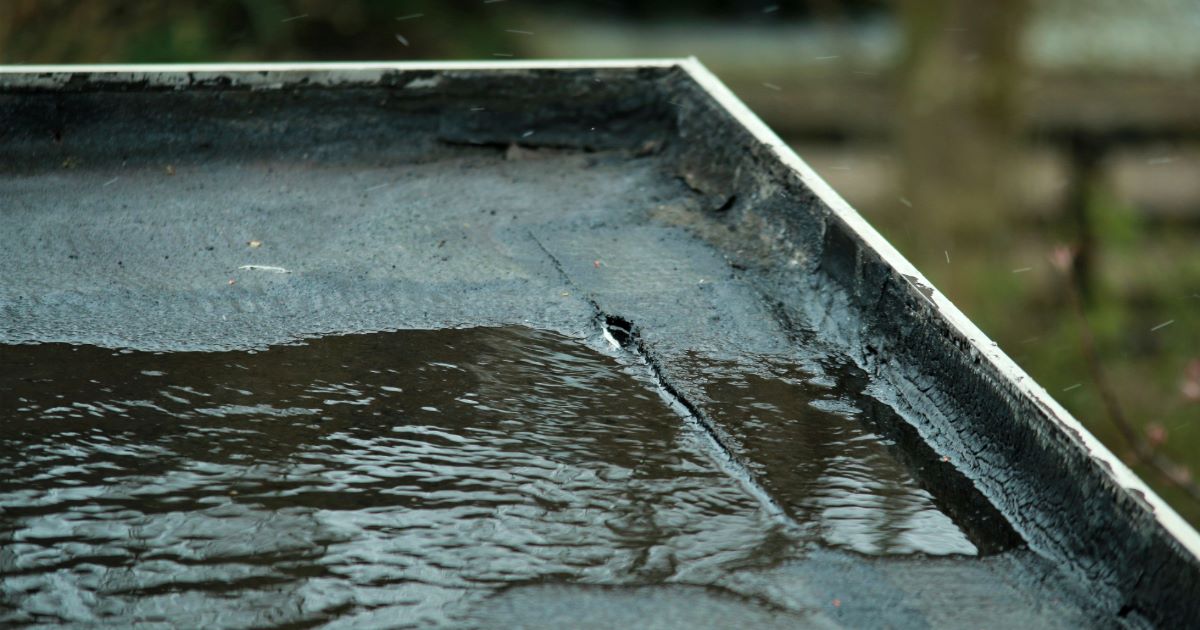
Ponding water: If water cannot drain properly, it puddles around the roofing, resulting in leakage and degradation of materials.
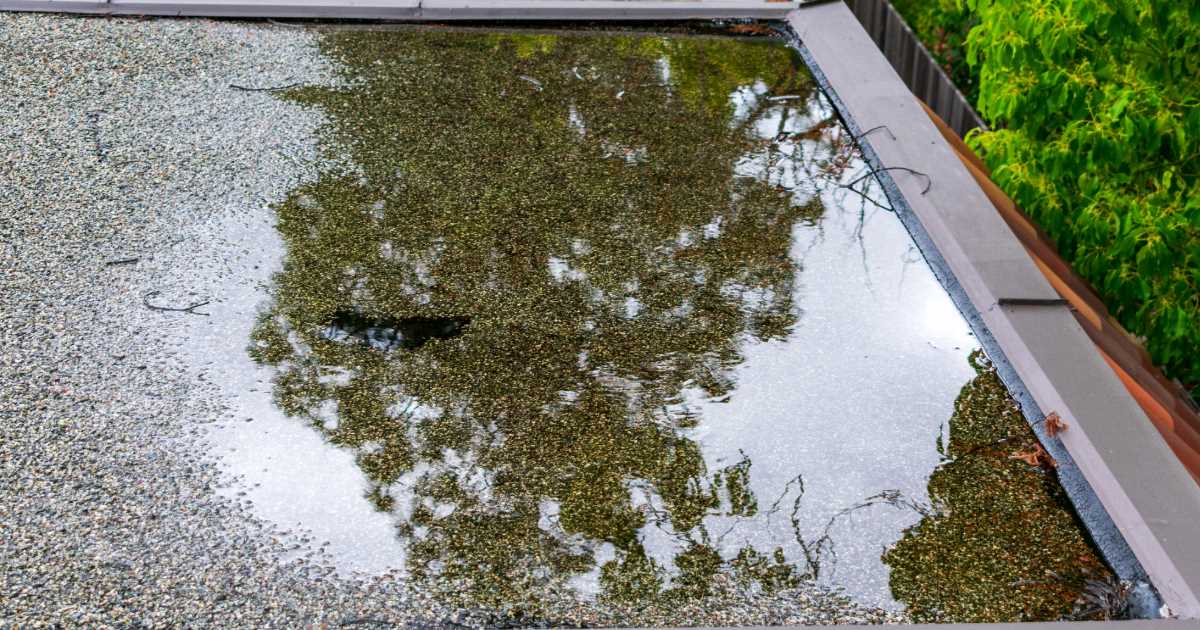
Material Membrane Damage: Weather conditions crack and puncture the material, including EPDM, TPO, and PVC.
Blistering: When water or air is trapped, it expands and contracts. Gradually, the blistering can lead to failure of the membranes.
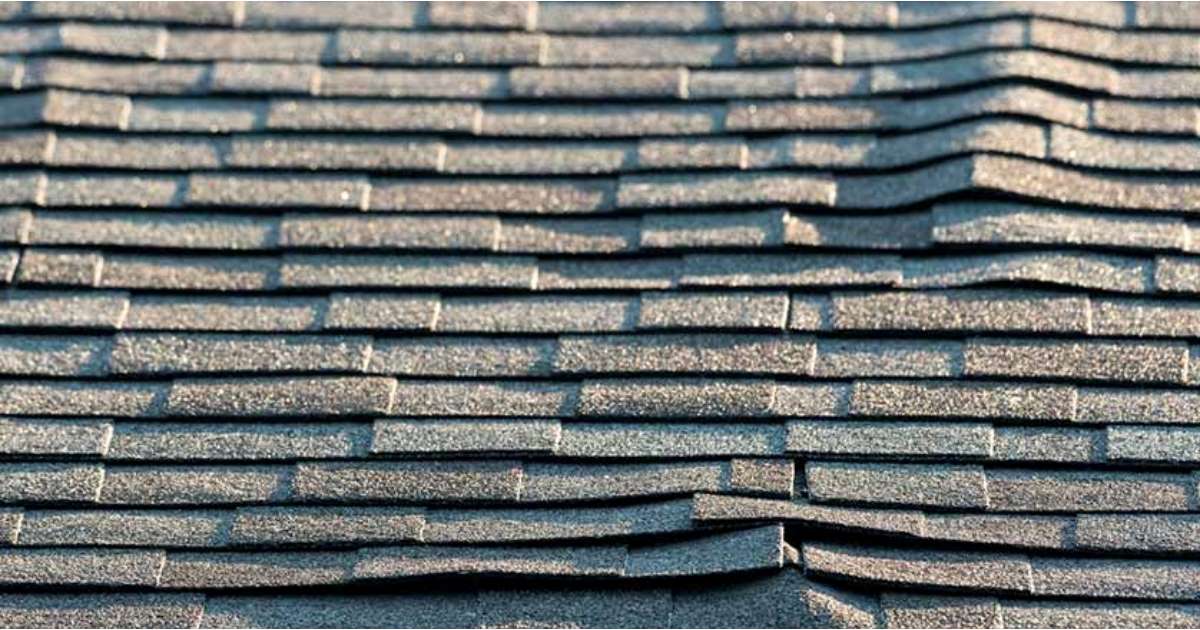
Flashing Issues: Flashing worn out, missing, or loosened exposes large areas to water damage.
Signs Your Flat Roof Needs Repair:
Knowing these early warning signs of problems in your flat roof would save you from expensive repairs or even prematurely replacing the roof. Here are a few signs that might be an alert for you to take some action for your flat roof:
- Cracks or tears in the roofing membrane
- Water stains on the ceilings or walls inside, which would indicate leaks
- Sagging areas, which often point to structural damage or water buildup
- Poor drainage or standing water on the roof surface
- Blisters or bubbles in the membrane
Regular check-ups will help you identify these problems in their developing stages. If minor troubles are addressed early on, then you won’t have an extensive, pricey repair later on.
Flat Roof Repair Methods:
Usually, the type of repair of a flat roof depends on the level of damage incurred and the material used for the roof cover. Here’s a rundown of the common types of repairs:
Patch repairs: They are primarily used when cracks or tears in the membrane cause a minimal leak or localized damage. Roofing experts apply a patch made of the same material to cover off the damaged area and prevent water from penetrating the roof further.
Coating repairs: used for roofs that have failed but the structure is still intact. Coatings can be reflective or waterproof, thus helping to prolong the roof’s life and offering extra protection against UV rays, water, and other elements that affect a roof.
Membrane Replacement: If this is not the case and whole roof segments are damaged, the entire membrane or part of it may be replaced. This usually applies to very old or very stressed roofs.
EPDM, TPO, and PVC membranes can easily be replaced with better-quality ones to increase the roof’s lifespan.
Flat Roof Materials and Compatibility:
As for flat roof repair, there are varied different strategies and materials used, such as:
EPDM is the abbreviation of Ethylene Propylene Diene Monomer. EPDM is a rubber membrane. EPDM sheeting withstood very well against UV radiation and weather.
Depending on the size of the damage, patch and coating repairs can be done; however, larger damage may require full membrane replacement.
TPO (Thermoplastic Polyolefin): TPO membranes are highly energy-efficient. Cracks or tears can quickly filled and coated to reinstall reflectivity, but major tears are usually replaced.
PVC (Polyvinyl Chloride): PVC roofs are known to be very durable and resistant to heat. They can often be repaired using patch kits and coatings. When the damage is more severe, replacement of the membrane is usually the only answer.
Modified Bitumen: A traditional modified asphalt material that can be repaired by patchwork or coatings is especially common in older commercial buildings.
Preventive Maintenance for Flat Roofs:
The simplest way to prolong your flat roof’s life is by adopting an aggressive maintenance practice. These maintenance tips can reduce the chances of costly repairs.
Regular inspections are conducted every year or semi-annually to identify small issues before they escalate into major problems.
Clear away the debris. That will remove fallen leaves, twigs, and other such debris that may clog your drainage system, causing some of the water to puddle.
Check the drainage system: Check whether the roof’s water is draining properly, particularly after a heavy rain or snowfall.
Some minor problems should be taken care of immediately: Small cracks, holes, or tears in sails should be repaired immediately to prevent water from entering the sail.
Flat Roof Repair Costs:
The cost of flat roof repair will vary from company to company, but it depends on several factors, such as the size of the roof, the extent of the damage, and the type of material used. For instance:
Minor repairs in the form of patching small leaks may go up to $300 to $500.
Replacement of membranes over larger areas can cost between $1,000 to $3,500, depending on the roofing material and the roof’s dimensions.
Full roof replacement can cost $5,000 to $15,000 or more, depending on the complexity of the work and the materials involved in the roofing process.
Other expenses might vary with location, considering the fact that different areas have extreme weather conditions. Repair costs are higher in places with extreme weather conditions.
Choosing the Right Contractor for Flat Roof Repair:
When choosing a contractor for the repairing of a flat roof, it’s pertinent to find the first few qualifications that make them good for the job:
Experience with Flat Roofs: Not all roofing contractors will have working experience on a flat roof. Select only the one that specializes in flat roof systems.
A good contractor will have certification and training from well-known roofing manufacturers. It ensures that the individual working for you has proper knowledge of the latest techniques and materials.
Warranties: A respectable contractor would guarantee warranties on both labor and materials.
If you are from Ohio, contact Pally Roofing for quality flat roof repair services. We are well-versed in handling the state’s unique weather conditions.
To those who are not from Ohio, remember these tips to find a reliable local contractor who understands the delicacies of repairs for flat roofs.
Regional Considerations:
The local conditions of the region, more so related to climate, may change the need for flat roof repair. For example, regions of high temperatures call for more UV-resistant coatings on flat roofs, whereas snow-covered regions require roofs to be strengthened in regard to bearing heavy loads of snow.
At Pally Roofing, we understand Ohio’s problematic seasons-in particular harsh winters and heavy rain. However, the information and repairs in this blog are tips to be taken across states in the nation, keeping your investment safe wherever you live.
Conclusion
In sum, flat roofs are an extremely smart choice for a lot of commercial and residential properties but require regular upkeep to avoid common problems such as leakage, ponding water, and membrane damage.
The sooner any issues are rectified, the longer your roof will last without requiring expensive repairs. Ohio property owners can turn to Pally Roofing for expert services in repairing flat roofs made to withstand the local climate.
Use this knowledge to help readers across the country keep your roof up and locate a qualified contractor in your area. Now’s the time to take action to protect that investment in that flat roof of yours
Author
-

With more than 16 years of hands-on experience, Phillip Schmucker is the knowledgeable owner of Pally Roofing. His dedication to superior roofing services has earned him a reputable place in the industry. Phillip also shares his extensive expertise through writing, providing readers with practical tips and professional advice on various roofing topics. Follow him on LinkedIn.
View all posts

